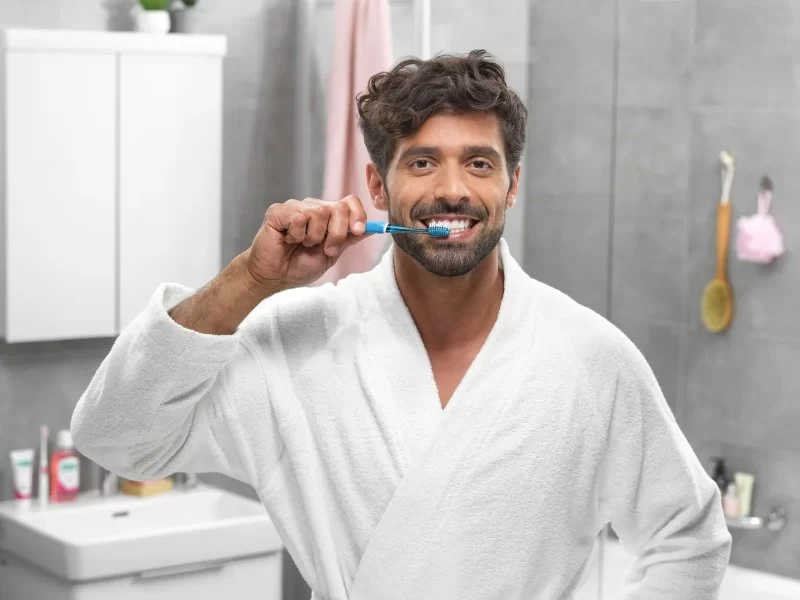
The Science Behind the Perfect Oral Hygiene Routine
Most people know that brushing and flossing are essential, but few realize that the order you perform them in can make a real difference. Dental experts in the United States emphasize that an effective oral hygiene routine is not just about frequency, but sequence. The right order can help prevent gum disease, cavities, and bad breath while maximizing the benefits of fluoride and antibacterial agents.
Imagine Sarah, a busy nurse from Austin, who brushed after meals but rarely flossed before bedtime. Over the years, she noticed her gums bleeding and a faint odor even though she brushed twice daily. Her dentist explained that while brushing removed surface bacteria, leftover plaque between teeth continued to grow overnight. Once she switched her routine order — flossing before brushing — the bleeding stopped within weeks, and her mouth felt fresher than ever.
Step 1: Floss First to Remove Hidden Plaque
Why Flossing First Matters
Flossing before brushing allows you to dislodge food particles and plaque that hide between your teeth. This exposes more surface area for fluoride from toothpaste to reach your enamel. Studies from dental associations show that individuals who floss first have significantly lower plaque levels than those who floss afterward.
Using waxed floss or water flossers is particularly effective for those with tight gaps or braces. The goal isn’t to rush but to gently move along the gumline, forming a “C” shape around each tooth. You’ll notice less gum irritation and a cleaner feel after just a week of consistent practice.
Step 2: Brush Second to Polish and Protect
Choosing the Right Technique and Tools
Brushing after flossing ensures that loosened debris is swept away, and fluoride can penetrate deeper into clean enamel. The American Dental Association recommends brushing for at least two minutes, twice a day. Electric toothbrushes with soft bristles are ideal for most adults, as they provide consistent pressure and effective cleaning.
Use a pea-sized amount of fluoride toothpaste and gentle circular motions, making sure to reach the back molars and tongue. Avoid aggressive scrubbing—it can damage enamel and gums. Brushing the tongue also removes odor-causing bacteria, leaving your breath fresher throughout the day.
Step 3: Finish with Mouthwash for Long-Lasting Freshness
When and Why to Use Mouthwash
After brushing, rinse with an antibacterial or fluoride mouthwash to kill remaining bacteria and strengthen enamel. Avoid rinsing immediately after brushing with water, as that washes away fluoride benefits. Mouthwash should be used for about 30 seconds, swishing thoroughly to reach all corners of your mouth.
For people with sensitive gums or alcohol intolerance, alcohol-free formulas are gentler yet still effective. Many Americans prefer mint-flavored options for an added burst of freshness, especially before social events or professional meetings.
How Morning and Night Routines Differ
Adapting to Daily Habits
In the morning, brushing right after breakfast helps clear acid and food particles. However, if you’ve consumed coffee, wait at least 30 minutes to prevent enamel erosion. At night, consistency is key—floss, brush, and rinse before bed to avoid bacterial buildup during sleep. Skipping this step, even once, allows plaque to harden into tartar, which can only be removed by professional cleaning.
Many families in the U.S. have turned oral hygiene into a nightly ritual. Parents brush alongside their kids, turning it into a fun competition: “Who can brush for two full minutes?” This habit not only strengthens family bonds but builds lifelong dental discipline.
Signs You’re Following the Right Order
What to Expect with a Proper Routine
Within a few weeks, you’ll notice significant changes: fresher breath, reduced bleeding, and a smoother tongue surface. Your dentist may even comment on the improvement during your next visit. A balanced diet rich in calcium and vitamins complements your hygiene efforts, keeping enamel strong and gums healthy.
As Dr. Emily Rogers from Family Dentistry Online often tells her patients, “Oral hygiene isn’t just about looking good—it’s about feeling good. A clean mouth means better health and confidence.”
Common Mistakes to Avoid
Breaking Bad Habits
Many Americans unknowingly sabotage their oral hygiene by brushing too hard, skipping flossing, or overusing whitening toothpaste. Another common error is rinsing with water immediately after brushing, which dilutes the protective effects of fluoride. Instead, spit out the excess toothpaste and wait before rinsing.
Additionally, replace your toothbrush every three months or after recovering from a cold or flu. Frayed bristles are less effective and can harbor bacteria. Small changes in daily habits can yield remarkable long-term results.
Building an Oral Care Routine That Fits Your Lifestyle
Personalizing Your Dental Routine
Everyone’s oral health needs are unique. Whether you wear braces, have implants, or experience dry mouth, adjusting your routine makes a difference. For instance, using a water flosser can help those with dental work clean more effectively. If you’re frequently on the go, travel-sized kits with toothbrush, floss, and mouthwash can maintain freshness anywhere.
Ultimately, the best oral hygiene routine is the one you can stick to. By flossing first, brushing second, and finishing with mouthwash, you’ll keep your mouth clean, your smile bright, and your confidence high.
For expert dental care and personalized advice, visit Family Dentistry Online — where healthy smiles begin with the right routine.

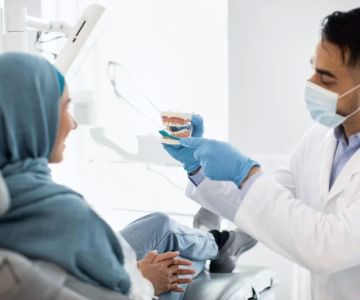

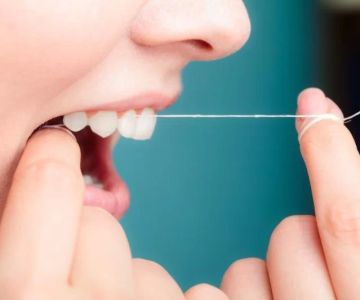
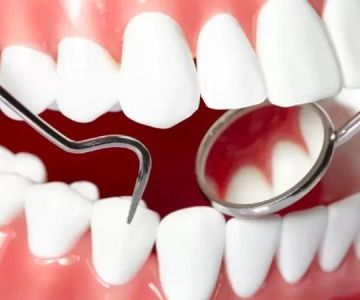
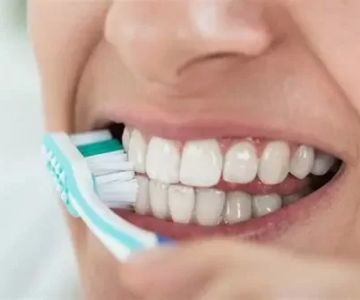
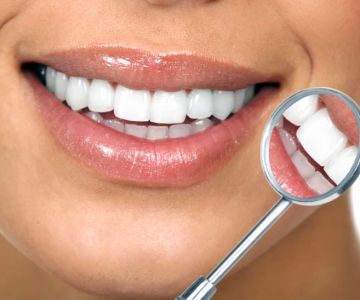
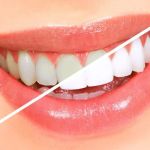 Dr. Melba P. Bonelli, DMD4.0 (56 review)
Dr. Melba P. Bonelli, DMD4.0 (56 review) Matt D. Johnson, DDS INC5.0 (104 review)
Matt D. Johnson, DDS INC5.0 (104 review) 9 to 7 Dental & Orthodontics - Panorama City4.0 (254 review)
9 to 7 Dental & Orthodontics - Panorama City4.0 (254 review) Chiarina Iregui D.D.S.5.0 (2 review)
Chiarina Iregui D.D.S.5.0 (2 review)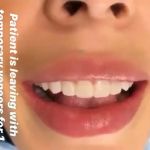 NLV Dental Group4.0 (18 review)
NLV Dental Group4.0 (18 review) Andrew R. Estill, DDS5.0 (1 review)
Andrew R. Estill, DDS5.0 (1 review) The Importance of Oral Health Education During Pregnancy for a Healthy Pregnancy
The Importance of Oral Health Education During Pregnancy for a Healthy Pregnancy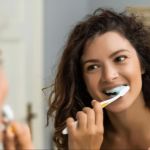 Best Tips for Brushing Your Teeth Properly for Healthy Gums: Essential Techniques for Oral Health
Best Tips for Brushing Your Teeth Properly for Healthy Gums: Essential Techniques for Oral Health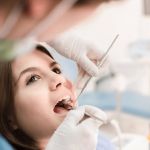 Why Skipping Dental Checkups Can Lead to Bigger Oral Health Problems
Why Skipping Dental Checkups Can Lead to Bigger Oral Health Problems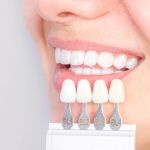 Advantages of Porcelain Dental Restorations
Advantages of Porcelain Dental Restorations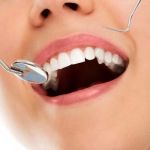 How Can Diabetes Cause Tooth and Gum Problems? Preventing and Managing Oral Health Issues
How Can Diabetes Cause Tooth and Gum Problems? Preventing and Managing Oral Health Issues Healthy Habits for Promoting Good Oral Health and Hygiene: Tips for a Healthy Smile
Healthy Habits for Promoting Good Oral Health and Hygiene: Tips for a Healthy Smile